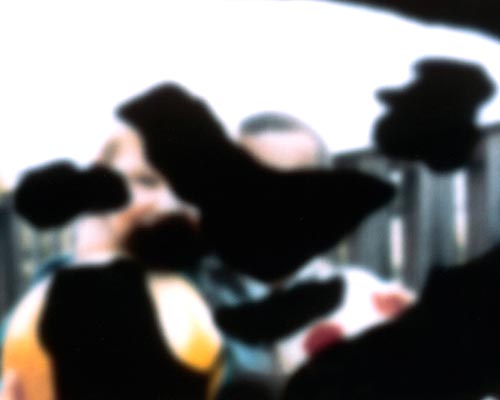Retina
Be mindful of any changes in your vision to stay ahead of Retinal Diseases.
Retinal Disease Treatment in Baltimore, MD
Retinal diseases vary widely, but most of them cause visual symptoms. Treatment is available for most retinal diseases. Depending on your condition, treatment goals may be to stop or slow the disease and preserve, improve or restore your vision.
Left untreated, retinal diseases can cause severe vision impairments or blindness.
PATIENT RESOURCES
Retinal Diseases we treat:
- Age-Related Macular Degeneration
- Diabetic Retinopathy
- Epiretinal Membrane
- Macular Hole
- Vitreomacular Traction
- Retinal Tear/Detachment
- Retinal Vascular Occlusions
- Uveitis
- Choroidal Nevus/Neoplasm
- Retinal Dystrophies
What is Diabetic Retinopathy?
Diabetic retinopathy is a diabetes complication that affects eyes. It’s caused by damage to the blood vessels of the light-sensitive tissue at the back of the eye (retina).
At first, diabetic retinopathy may cause no symptoms or only mild vision problems. Eventually, it can cause blindness. The longer you have diabetes and the less controlled your blood sugar is, the more likely you are to develop this eye complication.
SLIDE the handle to the left and right to view how an affected eye sees the world.


FREQUENTLY ASKED QUESTIONS
Still have questions?







